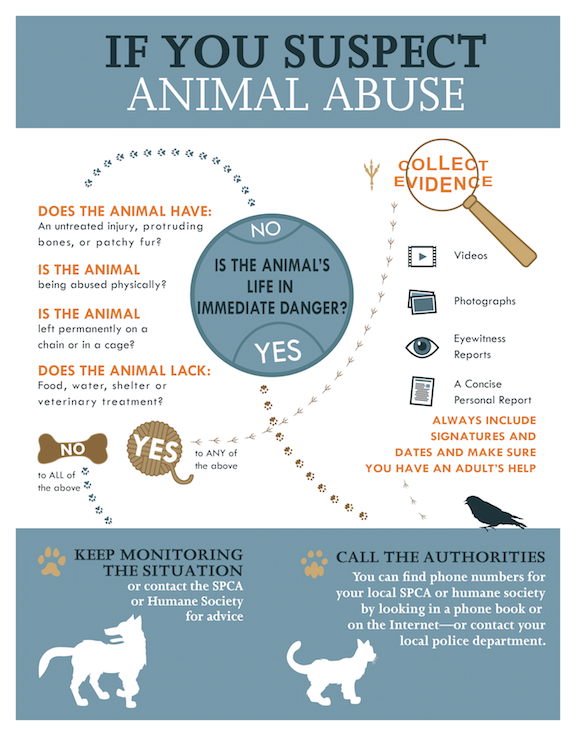Animal cruelty serves as a poignant reminder of the darker facets of human nature, evoking profound questions around morality, justice, and the intricate relationship between humankind and the sentient beings we share our lives with. This complex issue not only affects the animals being harmed but also creates ripples that impact the abuser, society, and even our moral fabric. As we delve deeper into this harrowing topic, it becomes essential to explore whether those who commit acts of cruelty are condemned to a life sentence of their own making or whether, conversely, the true life sentence is borne by the animals subjected to their malice.
To comprehend the full scope of animal cruelty, we must first define what constitutes this abhorrent behavior. Animal cruelty manifests in myriad forms, from overt actions like physical abuse to negligence, which can be equally damaging. Instances of neglect may involve failure to provide adequate food, water, shelter, or veterinary care, leading to immense suffering. The prevalence of such behavior raises a critical question: Why do individuals engage in acts of cruelty towards animals? Often, this behavior is rooted in broader societal issues, including a lack of empathy, exposure to violence, or psychological disorders. Understanding these factors allows us to approach animal cruelty not merely as isolated incidents but as reflections of deeper societal malaise.
Interestingly, the repercussions for the abuser can be quite severe, creating a metaphorical prison of shame and societal estrangement. Legal consequences are often draconian, with harsher penalties being enacted in recent years as societal perspectives shift toward greater animal rights. However, the legal system’s capacity to reform the abuser remains questionable. Recidivism among individuals convicted of animal cruelty is notably high, suggesting that punishment alone may not suffice in mitigating this behavior. Instead, a comprehensive rehabilitation approach might be necessary. Programs focused on understanding the psychological motivations behind cruelty, fostering empathy towards animals, and addressing the underlying issues of anger and frustration could form the backbone of reformation initiatives.
When pondering the life sentence metaphor, it quickly becomes apparent that the animal often suffers irreparably more than the abuser. The trauma they endure may manifest in both physical and psychological scars. For dogs and cats, the effects of abuse can lead to behavioral issues that persist long after their rescue. They may become withdrawn, fearful, or aggressive, impacting their ability to trust humans and live fulfilling lives. This psychological toll is a poignant reminder that animal cruelty often yields ramifications that extend far beyond the initial abuse. In essence, the act of cruelty can strip an animal of its very essence, reshaping its very identity in a manner that can never be undone.
The life sentence imposed on animals due to cruelty cannot be overstated. The harrowing tales of dogs left tethered for hours without food or water, or cats confined in filth-ridden environments for extended periods, epitomize the despair faced by these innocent beings. The emotional bond that animals form with humans is profound. When that bond is shattered through cruelty, it creates an unhealable rift that can render the animal forever altered. Rescue efforts provide crucial relief, yet the ghosts of their pasts linger, often casting long shadows over their futures. Thus, while there can be recovery—both physical and emotional—for animals, it remains fraught with challenges and uncertainties.
This reflection leads us to the significant role that society plays in both recognizing and preventing animal cruelty. Education aimed at promoting empathy towards animals is critical. By instilling values of compassion in our children and fostering awareness about the responsibilities of pet ownership, we may be able to reduce the incidence of cruelty. Community outreach programs that advocate for animal welfare can also help shift societal perceptions, framing animals not merely as property but as beings deserving of respect and kindness. Such a paradigm shift is essential if we are to reduce the likelihood of animal cruelty in future generations.
Moreover, media plays an influential role in shaping public perception of animal cruelty. Documentaries exposing the harrowing realities of animal abuse can evoke powerful emotions and provoke conversations. However, sensationalized portrayals must be handled carefully to avoid desensitization. Striking a balance between raising awareness and inciting action is crucial; the goal should always be to foster a profound understanding of the issue rather than merely shock the viewer.
In conclusion, animal cruelty represents an intersection of ethical quandaries, psychological insights, and social responsibilities. The inquiry into whether the abuser or the animal is sentenced to a lifetime of suffering is layered and complex. The abuser may face legal consequences and societal condemnation, yet it is the animals who often bear the brunt of such cruelty, living lives marked by trauma and distress. Society must rise to the occasion, adopting preventative measures that foster empathy, knowledge, and respect for all sentient beings. By redefining our interactions with animals, we may not only liberate them from their physical prisons but also dismantle the broader societal structures that allow cruelty to persist. Ultimately, the life sentence of cruelty must be acknowledged as a collective challenge, one that calls for vigilance and compassion from each of us.


